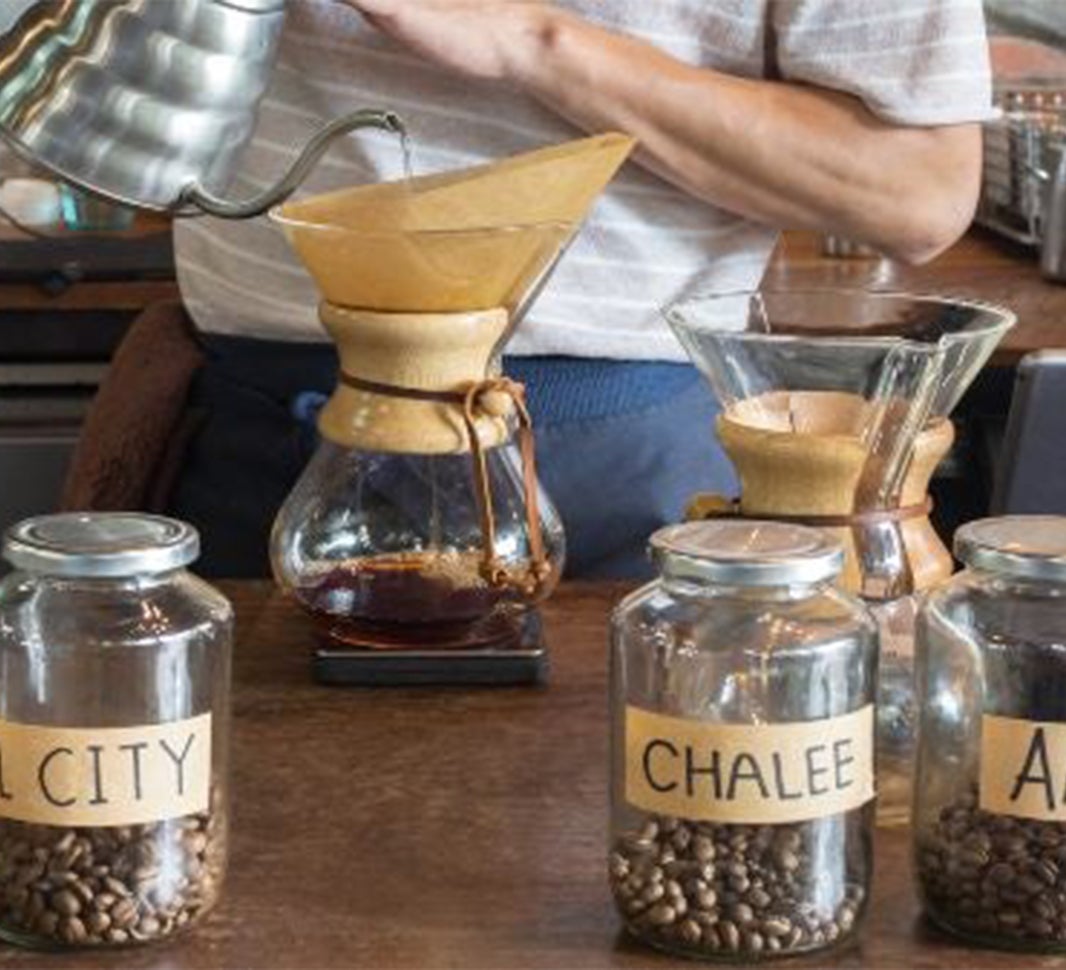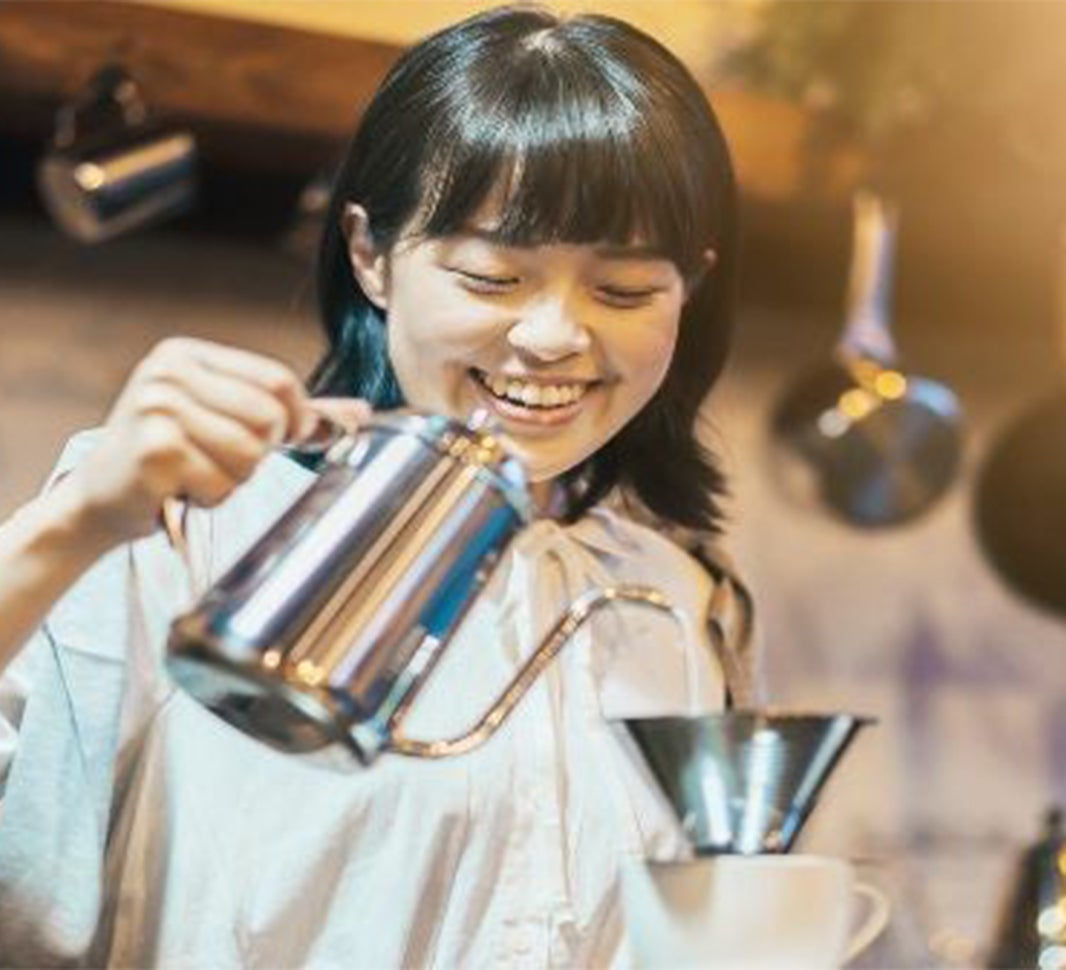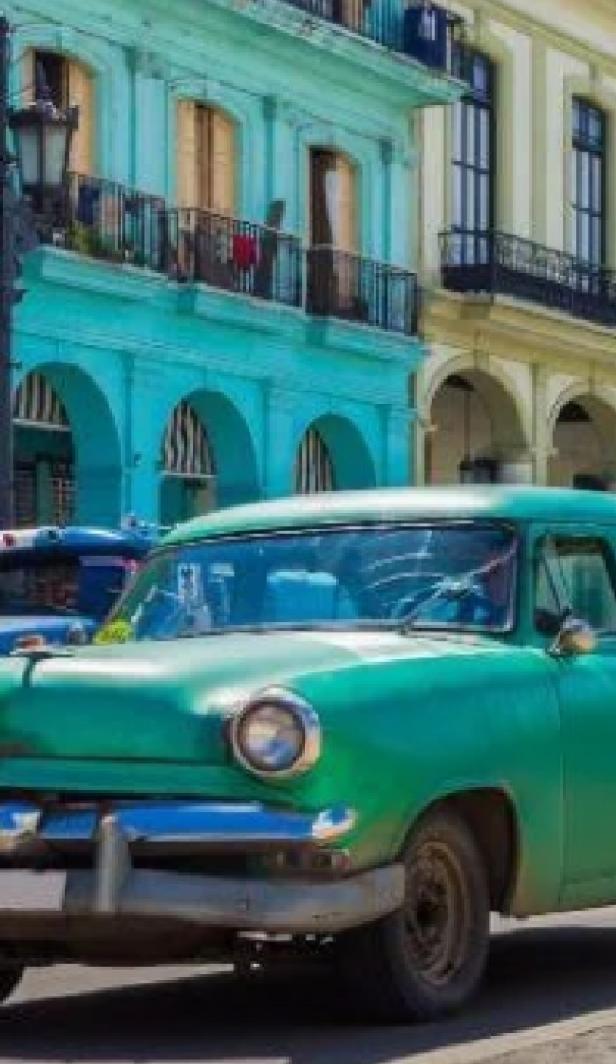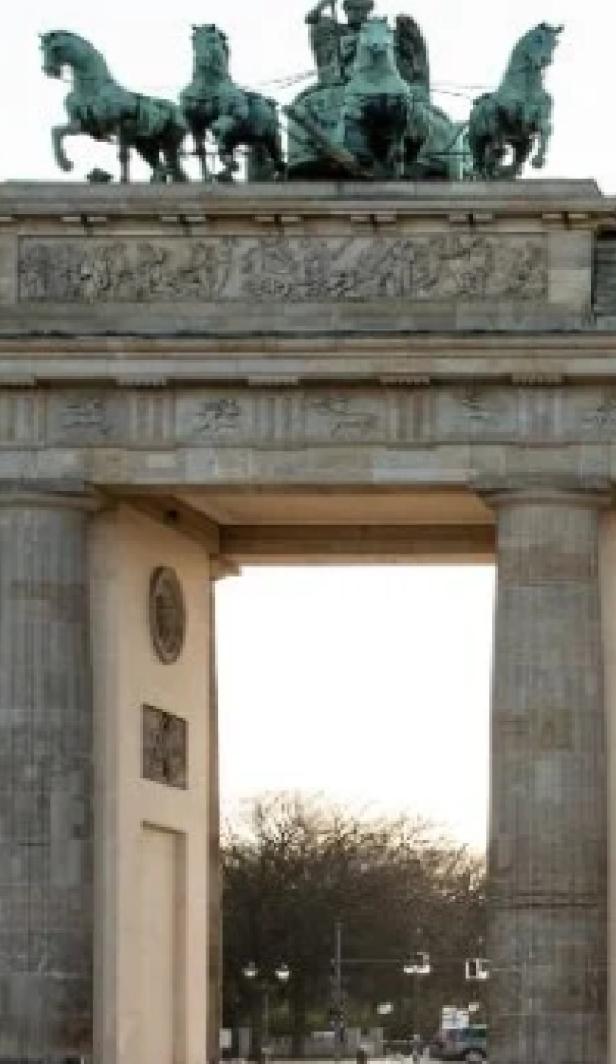History of Japanese coffee
For a very long time, the Japanese culture was all about tea, with a large focus being put on tea ceremonies steeped in spiritual and cultural significance, ceremonies of which that can still be seen today. Interestingly, coffee came to the country earlier than you may expect, between the mid-1600s and mid-1800s during their period of self-imposed isolation. Traders were only allowed in one city, Nagasaki, and coffee arrived with their only western traders, the Dutch. The reception of coffee wasn’t well received in Japan at first, with the locals remarking that it tasted ‘burnt’, so for a good while the only people who drank coffee were the Dutch traders.
Japan’s period of self-isolation ended in the late 19th century and in 1888, one of the first coffee shops was opened in Tokyo’s Ueno district by Eikei Tei. Entranced by the coffee shops of France where he studied, he decided to bring the concept home, and where its doors stayed open only a few years, the influence it had on other coffee shops in the region is unmistakable.
At the turn of the 20th century, the Japanese coffee culture was set to boom, but this was surprisingly short lived as after WWII, all imports of coffee were banned. The beverage didn’t make a comeback in the country until the start of the 1960s and with it’s return, came instant coffee which was well received in households all over Japan. The 60s also saw coffee making an appearance in Kissaten’s, traditional tea houses where they focused on experimenting with the beverage and the art of hand crafting.
Japanese coffee culture
In Japan, it’s believed that there’s no highest form of any practice and you can see the influence of this in the coffee culture. It’s recognised that there’s lots of ways to create it, but no best way, there’s only improvements that can be made. As such, every cup you enjoy in Japan is likely to be unique, but always carefully crafted with the utmost skill.
A highly customisable experience
The Japanese coffee shops you’ll encounter offer a highly customisable experience and they’ll almost always allow you to choose the coffee beans. Expect a great variety of beans on offer from all over the world, including those that are thoughtfully sourced, ethical and fair-trade.

Outstanding service
One of the things that sets Japan apart is that the service throughout the country is widely considered the best in the world, and this extends to coffee shops too. Japanese coffee is typically served on a tray in a stylish mug with all the necessary additions, and the staff are welcoming and friendly, happy to tell you anything you want to know about the coffee you’re sipping on. When visiting coffee shops in Japan, kindness is expected and appreciated and for the service you receive, it’s a small price to pay in return.

Morning service
Something known as ‘morning service’ is big in Japan, and this is where breakfast items such as toast and eggs are sold at a cheaper rate when you buy your morning coffee. It’s thought that this was created due to Japan’s business culture and as such, it’s extremely popular with executives before they hop on the metro to start their day. Morning service is actually quite competitive too and coffee shops will often compete with one another to be hailed as offering the best service, food and coffee.

Coffee, coffee everywhere
If you can’t be without a cup of coffee throughout your day, you’ll be delighted to know that coffee is sold just about everywhere in Japan. Canned varieties are found in vending machines dotted around the country, seemingly normal shops will often be more than happy to sell you a carefully crafted brew and if you want to sit and contemplate your brew, there’s tonnes of independent coffee shops with inspiring architecture for whiling away the day.
Japanese coffee types
Japan doesn’t tend to have coffee ‘types’, per se, but the coffee you’ll encounter in the country is certainly different to what you’ll find elsewhere. Here’s some of the unique Japanese coffee types you may discover:
Hand drip coffee
This is one of the most common types of coffee you’ll find in Japan. The process involves slowly dripping water over ground beans which allows for the delicate flavours and complex notes to be released.
Kissaten’s will pretty much exclusively sell hand-drip coffee due to the belief that espresso doesn’t allow for the hand-crafted quality of the coffee to shine through. However, that’s not to say Japan is anti-espresso, you’ll be able to find this type of coffee in more modern coffee shops.
Canned coffee
You can get canned coffee just about anywhere in Japan, but it’s mainly sold in supermarkets and vending machines across the country. There’s a great variety to be had too with a wide range of flavours and strengths including everything from cappuccinos with milk and sugar and high-quality black coffees. Canned coffee first appeared in Japan in the 1960s and it may surprise you to learn that it’s one of the most widely consumed Japanese coffee types as it’s quick and cheap.
Japanese iced coffee
Japanese iced coffee is not how you’ve come to expect it in other corners of the world. For a start, it’s not sweet and is actually a strong coffee served black with ice cubes. However, you’ll also get a small portion of sugar syrup called ‘gomme syrup’ served with your beverage that’s unique to Japan. This syrup was designed to melt quickly and well in iced drinks, as standard sugar is very difficult to mix in properly.
Coffee fresh
If you see ‘coffee fresh’ on a menu, it doesn’t just mean fresh coffee. This actually means that the drink will be served with a small portion of artificial cream, but this doesn’t taste the same as fresh milk! You’ll likely be served this cream when you order a ‘normal’ cup of coffee.
Now you know all about the Japanese coffee culture! Want to keep travelling around the coffee hotspots of the world? Check out our guide on Vietnamese coffee and culture, next.
Today’s community favourites




